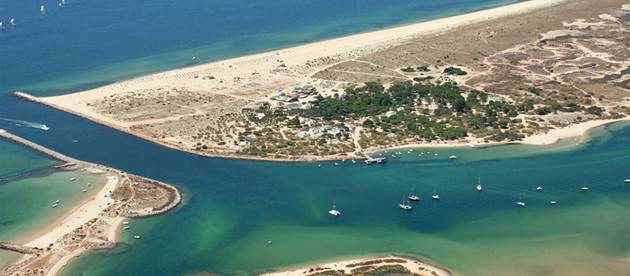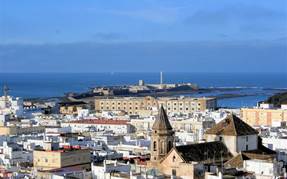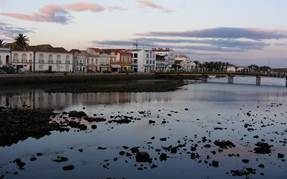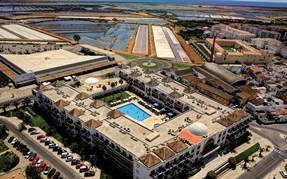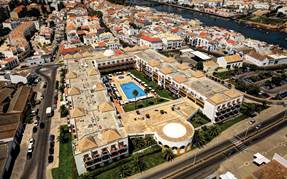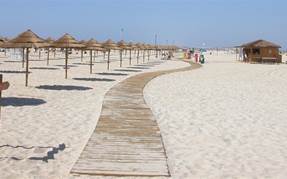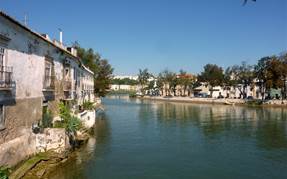Tavira
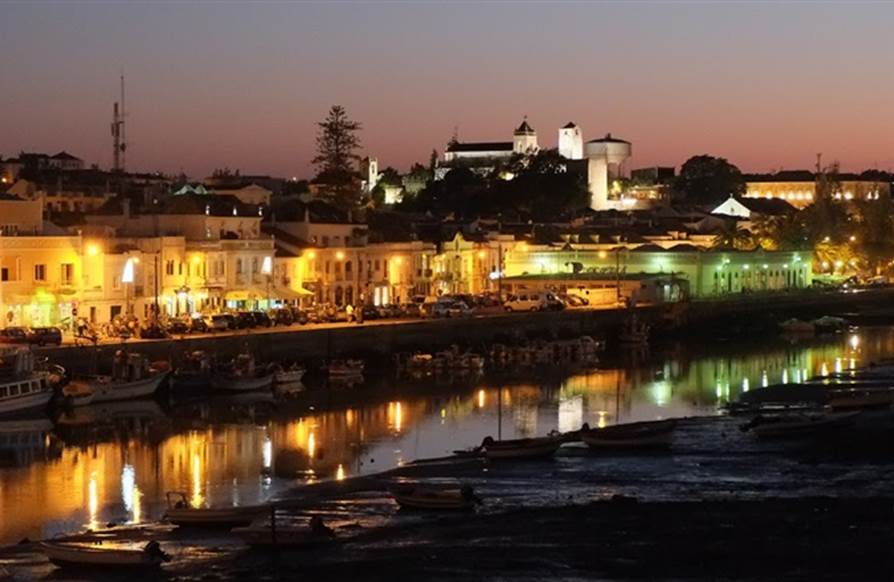
Tavira is one of the architecturally most attractive towns in the Algarve. Its origin dates back around 2.000 bC, and during the Moorish occupation the fishing industry of this town was of great importance. In the 17th Century its port, located at the Gilão River, played a significant role shipping wine, salt and dried fish. After the earthquake in 1755 the town has been completely rebuilt with many fine 18th Century buildings and 37 churches. The church of Santa Maria do Castelo has been erected on the site of a Mosque. It contains the tombs of Dom Paio Peres Correia and his seven knights, who took the city from the Moors after his knights were killed.
The surrounding of Tavira is still very rural but slowly changing due to the demands of the tourist industry and three golf courses opened recently nearby. The beach can only be reached by a ferryboat that takes the visitor to the sandy-bar island of Ilha de Tavira.
To the east of Tavira the still traditional original village of Cacela-a-Velha is overlooking the sea. This place was already used by the Phoenicians and later became the possession of the Knights of Santiago in 1240.
The surrounding of Tavira is still very rural but slowly changing due to the demands of the tourist industry and three golf courses opened recently nearby. The beach can only be reached by a ferryboat that takes the visitor to the sandy-bar island of Ilha de Tavira.
To the east of Tavira the still traditional original village of Cacela-a-Velha is overlooking the sea. This place was already used by the Phoenicians and later became the possession of the Knights of Santiago in 1240.

